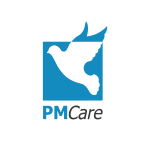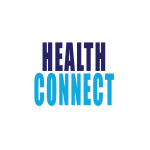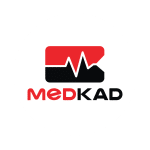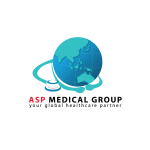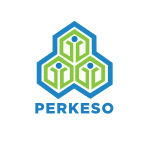
Physiotherapy for
Stroke Recovery
STROKE is defined as an accident to the brain with “rapidly developing clinical signs of focal or global disturbance to cerebral function, with symptoms lasting 24 hours or longer, or leading to death, with no apparent cause other than of vascular origin and includes cerebral infarction, intracerebral hemorrhage, and subarachnoid hemorrhage”.
"The commoner type is an ischemic stroke, caused by interruption of blood flow to a certain area of the brain. Ischemic stroke accounts for 85% of all acute strokes. The 15% of acute strokes are hemorrhagic strokes which are caused by bursting of a blood vessel i.e. acute hemorrhage."
Sign & Symtoms
- Sudden numbness or weakness in the face, arm, or leg
- Sudden confusion, difficulty understanding speech and speaking
- Sudden trouble seeing in one or both eyes
- Sudden trouble walking, dizziness, loss of balance, or lack of coordination
- Sudden severe headache

Warning Signs You Should Never Ignore
The commoner type is an ischemic stroke, caused by interruption of blood flow to a certain area of the brain. Ischemic stroke accounts for 85% of all acute strokes. The 15% of acute strokes are hemorrhagic strokes which are caused by bursting of a blood vessel i.e. acute hemorrhage.
– Diabetes
– High Cholesterol
– High Blood Pressure
– Cigarette Smoking
– Obstructive Sleep Apnea
– Cardiovascular Disease
– Family History of Stroke
9 Surprising Risk Factors for Stroke, Don't Ignore These!
(1) High blood pressure
Hypertension may also cause thickening of the artery walls, resulting in narrowing and eventual blockage of the vessel (ischaemic stroke).
(2) Atherosclerosis
Atherosclerosis is an inflammatory disease of the walls of the arteries and is a major cause of stroke. The term ‘atherosclerosis’ literally translates as hardening of the arteries.
(3) CAROTID ARTERY STENOSIS
Hardening of the arteries in the neck (carotid arteries) can be a high risk for stroke, because these arteries are responsible for delivering blood to the brain. Atherosclerosis of the carotid arteries causes narrowing.
(4) SMOKING
Some of the chemicals in cigarette smoke (such as nicotine and carbon monoxide) accelerate the process of atherosclerosis (narrowing of arteries). Clots are more likely to form because smoking thickens the blood and makes clotting factors, such as platelets, much more ‘sticky’.
(5) DIABETES
The high blood sugar levels contribute to the development of atherosclerosis (narrowing of arteries). It is very important that diabetes be kept under control.
(6) CHOLESTEROL LEVELS
Blood cholesterol contributes to the formation of a substance called atheroma, which sticks to artery walls and leads to atherosclerosis (narrowing and hardening of the arteries).
(7) ALCOHOL
People who drink heavily are three times more likely to have a stroke (particularly haemorrhagic stroke), regardless of their age.
(8) EXERCISE
A sedentary lifestyle (lots of sitting) increases the likelihood of obesity, high blood pressure and high blood cholesterol levels
(9) DIET
Being overweight or obese can increase the risk of stroke. Too much body fat can contribute to high blood pressure and high cholesterol, and may lead to heart disease and type 2 diabetes.
5 Role of Physiotherapy in Stroke Recovery.
1. POSITIONING
Ability to change position and posture is affected in many individuals post stroke as a result of varying degrees of physical impairments
2. EARLY MOBILIZATION
Immobility is associated with a number of post stroke complications such as deep vein thrombosis etc.
3. BALANCE TRAINING
Current evidence suggests that trunk exercise training improve trunk performance and dynamic sitting balance, while task specific training improves dynamic balance in both sitting and standing.
4. Exercise
Stretching and strengthening exercises need to be done regularly. Exercises will restore the movement and maintain the adequate strength and stability of the spine (lumbar) joint
5. GAIT AND MOBILITY
The highest priority for many people with limited mobility after stroke is to walk independently. If walking performance is poor after stroke, community activity may be limited and people may become housebound and isolated from society.
Physiomobile, Best Physiotherapy Centre in Malaysia: Your Path to Better Health and Exceptional Services. Reach Out to Us Today!

